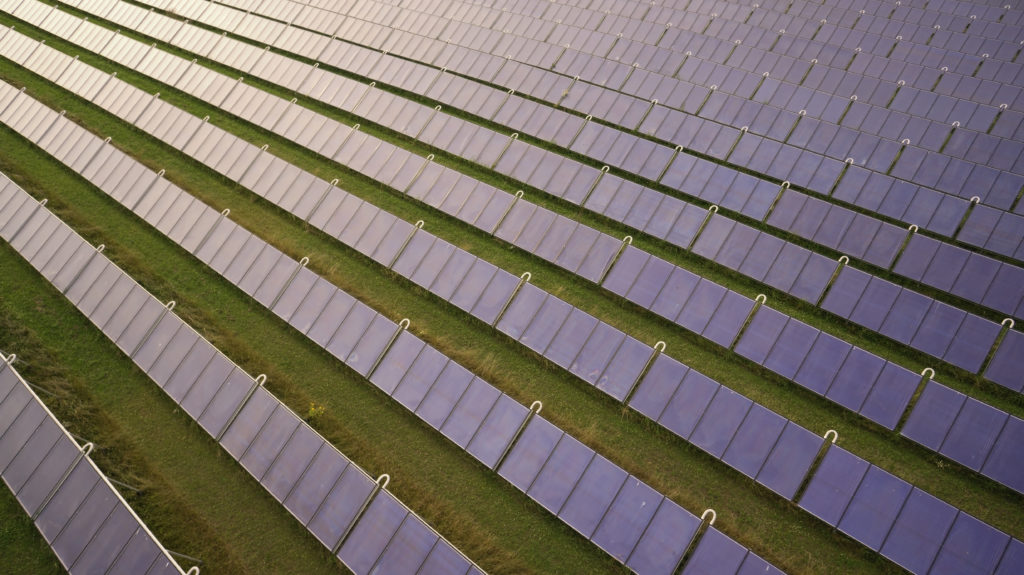
Supplying heating networks with solar thermal energy
July 31, 2019
Solar thermal technologies proven on a large scale
Over the past decade, the use of solar thermal energy in heating networks has seen unprecedented growth in both urban and rural areas.
Northern European countries, particularly Denmark, were the first to take advantage of this inexhaustible source of renewable heat. Today, the solar thermal sector benefits from significant experience feedback, with numerous power plants in excess of 1 MWth in operation.
The world's largest solar thermal power plant covers an area of over 156,000 m². With a capacity of 110 MWth, it covers almost 20% of the needs of the heating network of the town of Silkeborg (Denmark), serving more than 4,400 homes.
In France, where heating networks are less developed, solar thermal systems are still not widely used, with almost 6,000 m² of collectors installed to date. However, an increasing number of local authorities are looking into the possibility of integrating solar thermal energy into their network energy mix, which is currently dominated by natural gas, waste-to-energy and biomass.
French references include heating networks in Balma (800 m²), Chambéry (300 m²), Châteaubriant (2,400 m²), Juvignac (300 m²), Limeil-Brévannes (830 m²), Saint-Christol (800 m²) and Voreppe (200 m²).
Overcoming barriers to the deployment of solar heating networks
Year after year, solar heating has confirmed its technical reliability and competitiveness in relation to fossil fuels, for both collective and industrial applications. However, there are still a number of obstacles to the widespread deployment of solar heating networks in France.
Most solar thermal technologies used in Europe maximize their efficiency at low temperatures. However, French heating networks have generally adopted high operating temperatures (100°C start-up and 70°C return). These high temperatures have a direct impact on the attractiveness of solar heat, penalizing its efficiency.
Lowering operating temperatures (flow at 70°C and return at 35°C) by heating network operators would therefore enable them to introduce more renewable heat into their energy mix.
To compensate for the summer shutdown of many heating networks, inter-seasonal storage solutions have been deployed, notably in Denmark. These solutions enable heat produced in summer to be efficiently stored for use in winter, using large-capacity reservoirs or aquifers.
Lack of space can also hamper the development of solar heating networks, particularly in urban areas with high land pressure. In response, new decentralized production methods have been developed.
Unlike centralized production, where the solar thermal field is located in the immediate vicinity of the main boiler plant, decentralized production involves distributing solar collectors at various points in the network, where the location is more favorable (rooftops).
Initiatives to promote solar thermal heating networks
Solar district heating plants represent a huge opportunity for the energy transition, as they are a direct substitute for fossil fuels in the heart of cities and homes.
As such, they are actively supported by the French public authorities, through ADEME's Fonds Chaleur, which grants subsidies to help with decision-making and investment.
European H2020 projects such as SDHp2m or PlanHeatand associations such as Solar Heat EuropeIn addition, the Group's subsidiaries are also involved in promoting solar thermal energy in heating networks.
Sunti offers local authorities and heating network operators a comprehensive range of investment-free solar heat supply solutiondirectly replace their fossil fuel consumption in a competitive way
Photo credits: @ArconSunmark